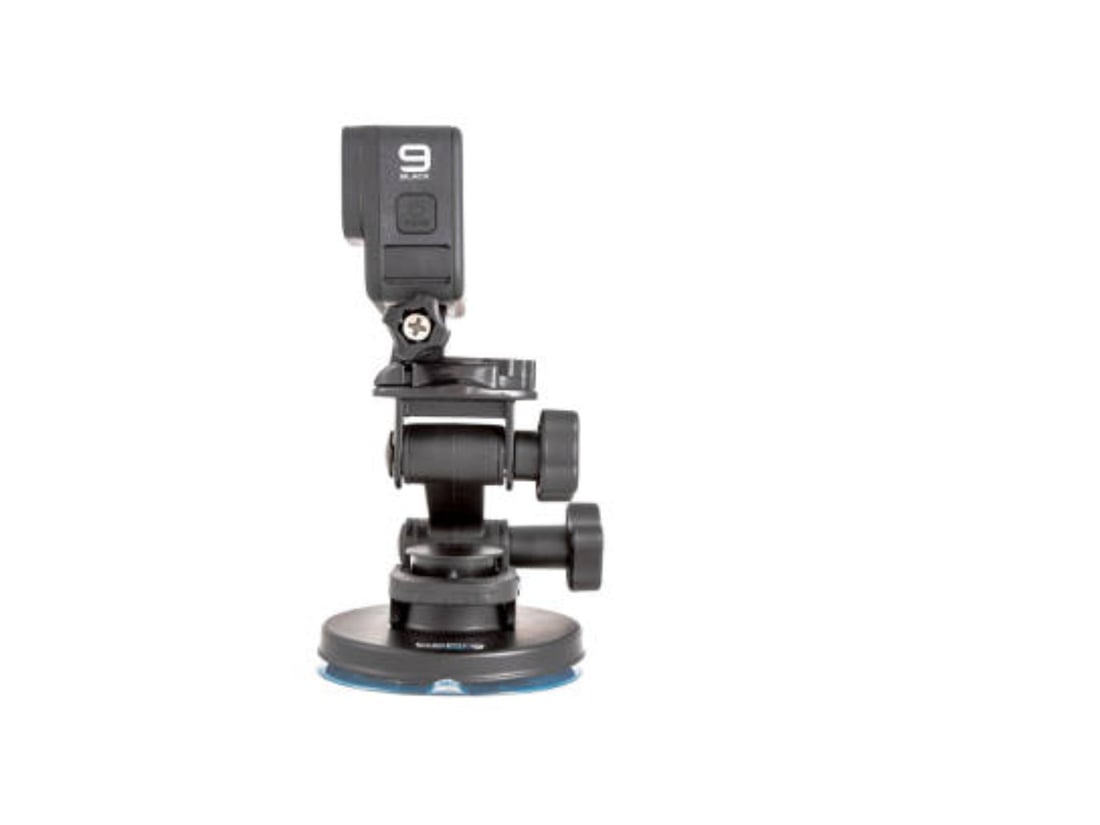Vibration measuring units are essential tools for monitoring and analyzing vibrations in various industries. These units help in understanding the behavior of machines and structures, identifying potential faults, and ensuring the safety and efficiency of operations.
Understanding Vibration Frequency
Frequency is a key parameter in vibration analysis, and it refers to the number of vibration cycles per second. Vibration measuring units use hertz (Hz) as the unit of frequency measurement. By analyzing the frequency of vibrations, engineers can determine the root cause of machinery faults and take corrective actions.
Types of Vibration Measuring Units
There are different types of vibration measuring units available in the market, including accelerometers, velocity transducers, and proximity probes. Each type has its unique characteristics and applications, making them suitable for specific vibration measurement tasks.
Benefits of Using Vibration Measuring Units
By using vibration measuring units, industries can prevent unexpected downtime, reduce maintenance costs, and improve overall productivity. These units help in early detection of machinery faults, allowing for timely interventions and prolonging the lifespan of equipment.
Factors to Consider When Choosing a Vibration Measuring Unit
When selecting a vibration measuring unit, it is important to consider factors such as frequency range, sensitivity, accuracy, and compatibility with existing monitoring systems. Choosing the right unit ensures accurate and reliable vibration data for analysis.
Applications of Vibration Measuring Units
Vibration measuring units are widely used in industries such as manufacturing, automotive, aerospace, and power generation. They play a crucial role in monitoring the health of rotating machinery, detecting imbalance, misalignment, and bearing defects.
Best Practices for Vibration Measurement
To obtain accurate vibration data, it is essential to follow best practices such as proper sensor installation, calibration, and data interpretation. Regular maintenance and calibration of vibration measuring units are necessary to ensure their optimal performance.
Advanced Features of Modern Vibration Measuring Units
Modern vibration measuring units come equipped with advanced features such as wireless connectivity, cloud-based data storage, real-time monitoring, and predictive maintenance capabilities. These features help industries stay ahead of potential machinery failures and improve operational efficiency.
Challenges in Vibration Measurement
Despite the advancements in vibration measuring technology, challenges such as environmental noise, signal interference, and complex machinery structures can affect the accuracy of vibration data. Engineers need to take these challenges into account when analyzing vibration measurements.
The Future of Vibration Measuring Units
With the rapid advancements in sensor technology, artificial intelligence, and data analytics, the future of vibration measuring units looks promising. Enhanced capabilities such as machine learning algorithms and predictive analytics will revolutionize the way industries monitor and manage machine vibrations.
Quote Inquiry
Contact us!

